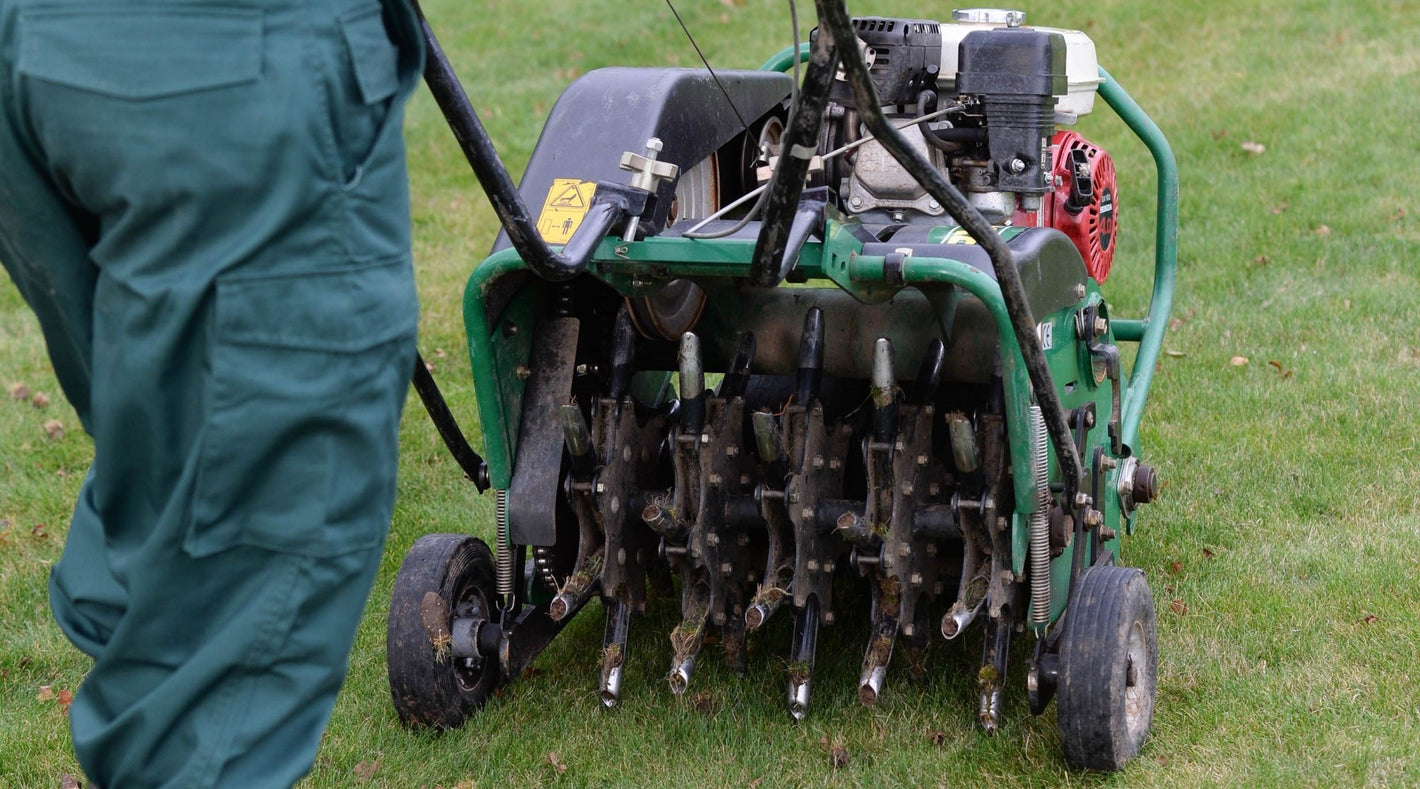
A compacted lawn can negatively impact its overall health and appearance, making it difficult for grass roots to access essential nutrients, water, and oxygen.
What Causes Lawn Compaction
Lawn compaction can be caused by several factors that contribute to the soil becoming too densely packed.
- Heavy foot traffic: When people frequently walk or play on the grass, the soil beneath gets compressed, reducing the space for air and water to reach the roots.
- Frequent mowing without proper care: While regular mowing is essential for maintaining a neat lawn, improper mowing practices can contribute to compaction. Mowing too frequently or cutting the grass too short can weaken the roots and compact the soil, making it harder for the grass to grow and thrive.
- Excessive rainfall or irrigation: While water is crucial for a healthy lawn, excessive rainfall or over-irrigation can also contribute to compaction. When the soil becomes saturated with water, it becomes more prone to compaction under the weight of foot traffic or equipment.
Signs of Lawn Compaction
- Poor Drainage: If you notice water pooling on the surface of your lawn or areas that take a long time to dry after rainfall, it could be an indication that the soil is compacted.
- Thatch Buildup: Another sign of lawn compaction is the accumulation of thatch. Thatch is a layer of dead grass, roots, and other organic matter that builds up between the soil and the grass blades. Compacted soil inhibits the breakdown of thatch, causing it to accumulate and create a dense layer.
- Stunted Grass Growth: Lawn compaction can also result in stunted grass growth. When the soil is compacted, it becomes harder for grass roots to penetrate deep into the ground. This shallow root system limits the access to water and nutrients, leading to weak and stunted growth. If you notice patches of thin or sparse grass in your lawn, it could be a sign of compaction.


